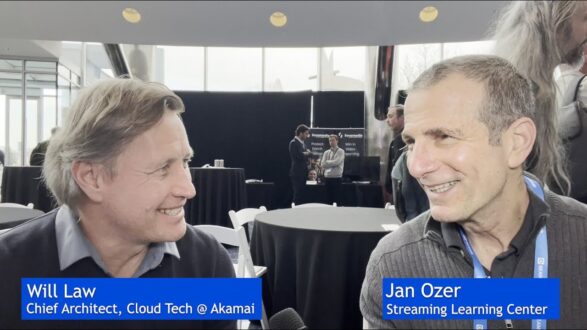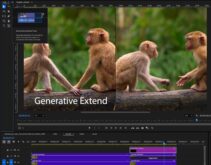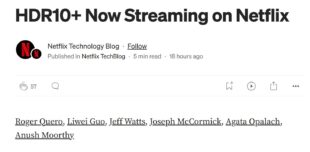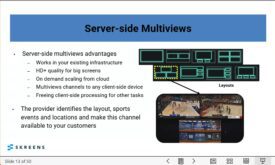In this Mile High Video 2025 interview, Jan Ozer from the Streaming Learning Center spoke with Akamai’s Will Law about the latest developments in media delivery and edge computing. Will discussed Akamai’s global media delivery network, advancements in Common Media Client Data (CMCD), Media over QUIC, and emerging trends in video codecs.
You can watch the interview on YouTube here, and it’s embedded below. Some of Will’s comments are edited slightly for readability.
Contents
Akamai’s Media Delivery Network and Compute Surface Integration
Will explained that Akamai’s media delivery network operates from “4,000 locations worldwide… delivering terabytes of data.” He described Akamai’s infrastructure as highly distributed, enabling efficient content delivery on a global scale.
Will also discussed Akamai’s compute surface, which integrates edge computing with the CDN. He emphasized that this approach enhances performance and cost efficiency, particularly for media applications with high data transfer needs.
Will highlighted the benefit of processing data closer to the end user, stating, “The closer you can process data to the user, the better the performance.” He noted that this reduces latency and improves the overall user experience.
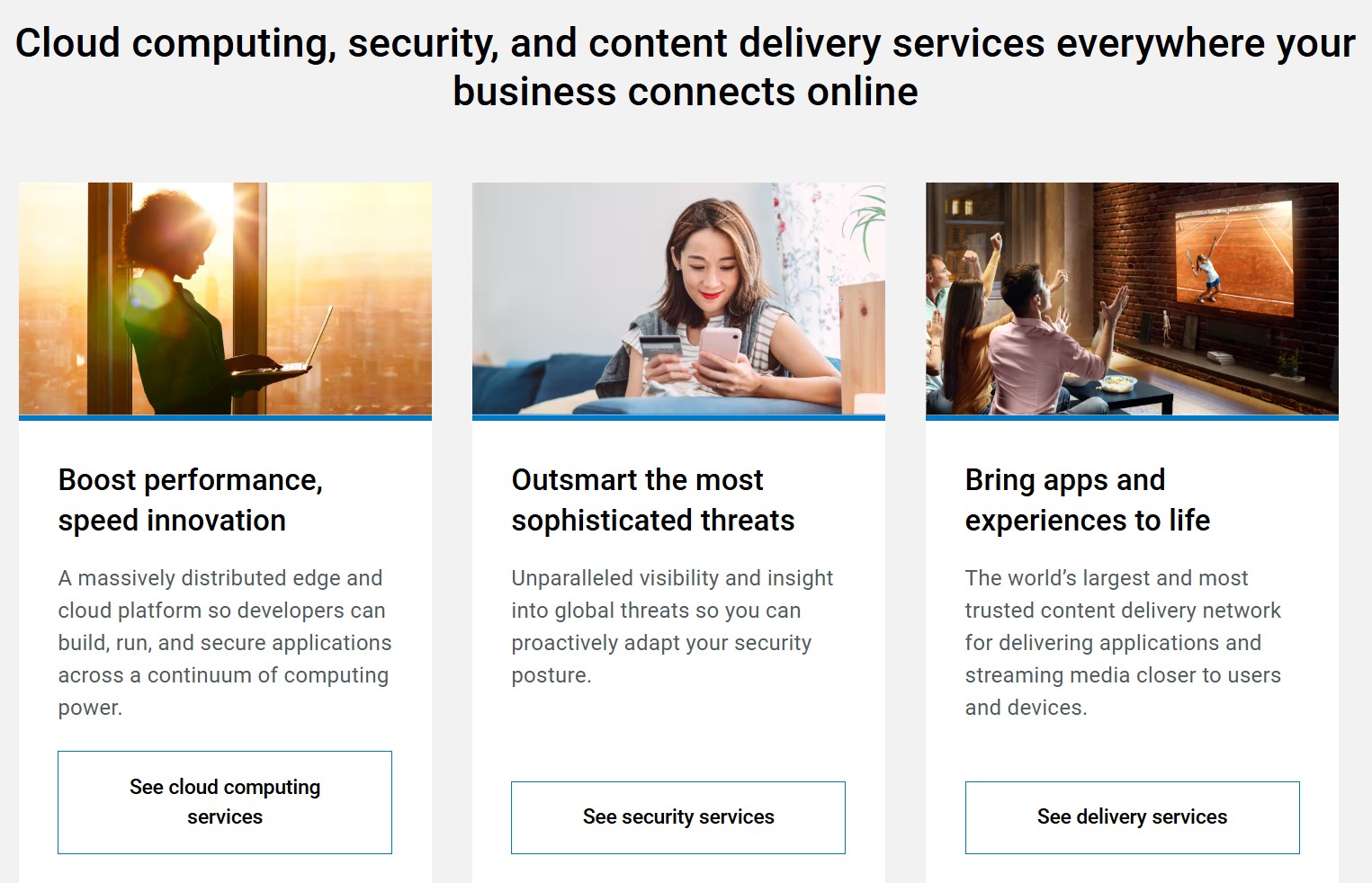
Will also delineated Akamai’s affordable cloud pricing policy. As he explained, “most cloud providers (such as AWS), make most of their revenue from media customers, not by charging not for the VMs, but by charging for media to leave (egress) the cloud compute instance. This particularly hurts organizations transcoding in the cloud. So Akamai is trying hard to offer low egress fees to differentiate our cloud compute. We feel that low egress fees and a high quality delivery network are great for media workloads.”
Common Media Client Data (CMCD) Version 2 and Fetch in MFF
Will presented two papers at Mile High Video 2025. The first, CMCDv2 – Advances in Media Client Analytics, focused on CMCD version 2, which introduces new features in media analytics and event reporting modes. Referring to CMCD’s relevance, Will said, “There’s been a number, multiple talks over the conference, all referencing CMCD and… perfect applications for some of these new event modes that we’re delivering.”
The second paper, Fetch MoQ Fetch!, covered fetch in MFF, which enhances buffering and delivery performance by enabling the fetching of objects behind the playhead. Will explained that this approach benefits both live sports and VOD applications by optimizing content delivery. “It allows us to fetch behind the playhead… making the viewing experience smoother,” he said.
Will noted that MFF reduces latency and improves playback stability, particularly in live streaming scenarios. He emphasized that fetching objects behind the playhead enhances buffering efficiency and user experience.
Media over QUIC: Current Status and Industry Interest
Will discussed Media over QUIC, explaining that while there is significant industry interest, the standard is still under development by the IETF. Describing its potential, Will said, “It’s designed for the long term… we want it to run for the next 20 years.” He noted that Media over QUIC is intended to provide a consistent and reliable media delivery experience across diverse networks.
He mentioned an upcoming interim meeting to advance the draft, highlighting the industry’s commitment to developing Media over QUIC as a robust standard. “We’re building this for the future… it’s meant to last,” he said. Will explained that the goal is to support evolving media delivery needs while maintaining compatibility with emerging technologies.
Video Codec Trends: AVC, HEVC, AV1, and VVC
When asked about codec deliveries, Will responded that AVC is the dominant codec delivered by Akamai, as well as by other CDNs. “AVC is still king… it’s the most widely used codec across our network and others,” he said. He emphasized that codec choices are customer-driven, explaining, “It’s what most of our customers are using.”
He noted growing adoption of HEVC for 4K content and increasing interest in AV1 due to its compression efficiency. “We’re seeing more AV1… but very little VVC,” Will said. He added that AV1 offers significant bandwidth savings, although its deployment is currently limited.
Stepping back, Will explained that Akamai is codec-agnostic and does not parse customer data to identify codecs due to privacy and computational constraints. He noted that Akamai’s infrastructure supports all major codecs, allowing customers to choose the best format for their needs.
Reflections on Mile High Video 2025
Reflecting on the conference’s format, Will said, “There’s less of the marketing and the marketing presentations… there’s other venues for that, more NAB perhaps IBC.” He noted that Mile High Video focuses on technical depth and engineering discussions, bringing together industry professionals and researchers.
Will appreciated the event’s mix of practical industry insights and academic research, adding, “It brings a solid base of engineering and… the research from academia labs that have the luxury… of focusing on one problem.” He emphasized the value of collaborating with researchers who are dedicated to solving specific technical challenges.
He also highlighted the community-focused approach of Mile High Video, describing it as a collaborative environment that encourages knowledge exchange. “It’s the right people in the room… it’s great for collaboration,” he said.
Will noted that the conference provides strategic insights into emerging trends and industry directions. “You get a good perspective on where the industry is going… it helps to see the big picture,” he explained.
Conclusion and Key Takeaways
This interview provided a detailed look at Akamai’s advancements in media delivery, edge computing, and video codec trends. Will explained how Akamai’s compute surface integrates with its CDN to enhance performance and cost efficiency. He also discussed CMCD version 2, fetch in MFF, and Media over QUIC as emerging technologies shaping the future of media delivery.
Will shared his insights on video codecs, noting the ongoing dominance of AVC and the growing interest in HEVC and AV1. He explained Akamai’s codec-agnostic approach and its commitment to customer privacy in data processing.
Reflecting on Mile High Video 2025, Will highlighted the event’s unique blend of academic research and industry collaboration. His perspectives offered valuable insights into emerging trends and strategic directions in media delivery technology.
Watch the full interview to learn more about Akamai’s vision and Will’s perspectives on industry trends and media delivery technology.
 Streaming Learning Center Where Streaming Professionals Learn to Excel
Streaming Learning Center Where Streaming Professionals Learn to Excel

